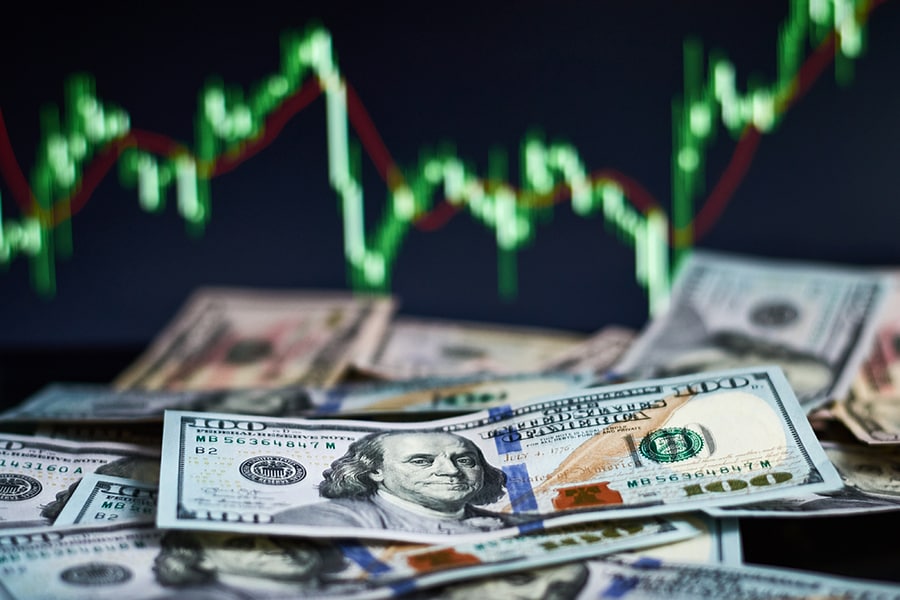
Signs inflation looms and how to protect against a potential surge
Prof. Campbell Harvey analyzes a century of inflation episodes to guide new strategies
 Image: Shutterstock
Image: Shutterstock
The COVID-19 crisis led the U.S. to unprecedented quantitative easing and other efforts to buoy the economy.
But those same efforts threaten to push the U.S. into an inflation surge – a complex challenge investors have little experience hedging against, according to Campbell Harvey, a finance professor at Duke University’s Fuqua School of Business.
Inflation, or the rate at which the value of a currency is falling, is not always a bad sign, Harvey said recently in a talk on Fuqua’s LinkedIn page. It depends on where you start, he said. For example, an increase from -2% to a rate of 1% would be considered a healthy upturn that might foreshadow the re-energizing of the economy.
“That’s actually good news, because deflation is often a sign of economic weakness,” Harvey said.
On the other hand, if inflation is already at an average level of about 2% and jumps to 5%, that’s considered an inflation surge and almost always proves bad for investors, he said, citing a new analysis he co-authored with experts from the investment firm Man Group, where he is also an investment strategy advisor.
[This article has been reproduced with permission from Duke University's Fuqua School of Business. This piece originally appeared on Duke Fuqua Insights]







